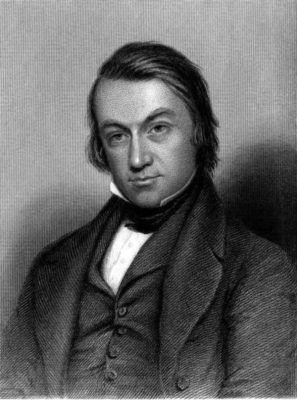
He who walks through a great city to find subjects for weeping, may, God knows, find plenty at every corner to wring his heart; but let such a man walk on his course, and enjoy his grief alone — we are not of those who would accompany him. The miseries of us poor earthdwellers gain no alleviation from the sympathy of those who merely hunt them out to be pathetic over them. The weeping philosopher too often impairs his eyesight by his woe, and becomes unable from his tears to see the remedies for the evils which he deplores. Thus it will often be found that the man of no tears is the truest philanthropist, as he is the best physician who wears a cheerful face, even in the worst of cases.
Extraordinary Popular Delusions and the Madness of Crowds is a history of popular folly by Scottish journalist Charles Mackay, first published in 1841. The book chronicles its subjects in three parts: “National Delusions”, “Peculiar Follies”, and “Philosophical Delusions”. Despite its journalistic and rather sensational style, the book has gathered a body of academic support as a work of considerable importance in the history of social psychology and psychopathology.
The subjects of Mackay’s debunking include economic bubbles, alchemy, crusades, witch-hunts, prophecies, fortune-telling, magnetisers (influence of imagination in curing disease), shape of hair and beard (influence of politics and religion on), murder through poisoning, haunted houses, popular follies of great cities, popular admiration of great thieves, duels, and relics. Present day writers on economics, such asAndrew Tobias and Michael Lewis, laud the three chapters on economic bubbles. Scientist and astronomer Carl Sagan mentioned the book in his own discussion about pseudoscience, popular delusions, and hoaxes. (Source)
Originally published on The Minot Voice: March 27, 2015